© The Examcraft Group | Reproduction not permitted

- Edmund Rice Schools Trust

© The Examcraft Group | Reproduction not permitted

- Edmund Rice Schools Trust
Your school is an Edmund Rice school, which is under the trusteeship of the Edmund Rice Schools Trust (ERST), a modern community that is rooted in over 200 years of tradition.
Every day, you come to school to join over 37,000 other pupils here in Edmund Rice schools across 96 primary and secondary schools.
The Edmund Rice Schools Trust is the trustee of 96 schools, both primary and secondary, in the Republic of Ireland. These 96 schools include schools which were formerly under the trusteeship of the Christian Brothers, schools that have joined the Trust and new schools that have been established in recent years.

ERST schools are guided by the vision and mission of Blessed Edmund Rice.
Student-focused teaching and learning is at the core of your Edmund Rice school, allowing you to develop and thrive as young citizens, innovators and leaders in caring and encouraging environments.
Social awareness is also central to what your school is all about. We want you to leave school with a strong sense of social justice, concern for people who may not be as fortunate as you and care for the environment.
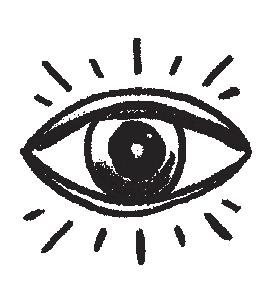
Promoting full personal and social development in caring Christian communities of learning and teaching
To provide Catholic education in the Edmund Rice tradition
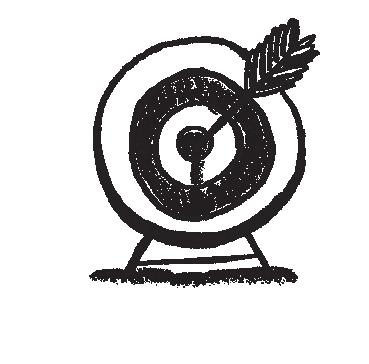
O God, we thank you for the life of Blessed Edmund Rice.
He opened his heart to Christ present in those oppressed by poverty and injustice.
May we follow his example of faith and generosity.
Grant us the courage and compassion of Blessed Edmund as we seek to live lives of love and service.
We ask this through Christ our Lord.
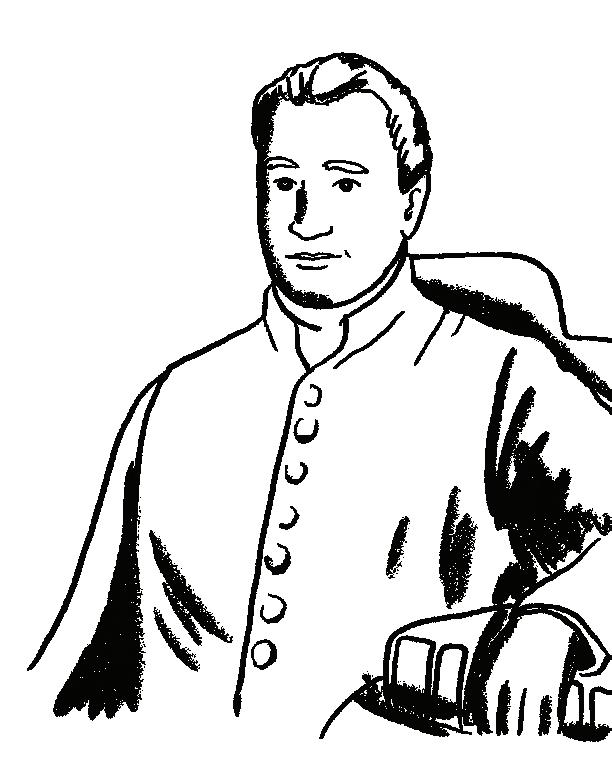

Edmund Rice was born in Callan, Co. Kilkenny in 1762. By his twenties he had become a wealthy and successful businessman. However, tragedy struck when his young wife died, leaving him to care for their daughter.
As a deeply religious man, he began to devote his time and wealth to the needs of the poor.
He was particularly concerned about the needs of the many young, poor and hungry boys he saw in the town he was living in, Waterford.
He was convinced that if he could provide them with education, he could help lift them out of poverty. In 1802, he founded his first school.
There, he and his two friends taught the boys how to read and write. They took religious vows and the Congregation of the Christian Brothers of Ireland was formed.
The first school at Mount Sion was a great success, and within a few years schools were opened in Carrick on Suir, Dungarvan, Cork, Limerick and Dublin.
Edmund died at the age of 82 in 1844. In 1996, he was beatified by Pope John Paul II, becoming Blessed Edmund Rice.
Our guiding principles of equality, respect, fairness and spirituality are laid down in the Edmund Rice Schools Trust Charter.
Here are five ways that our Charter shapes your life in school and into the future.
faith, Christian spirituality and gospel based values for a
Your school is rooted in a Catholic tradition and welcomes students of all faiths and none. We celebrate diversity and value difference. It’s what unites us.
1
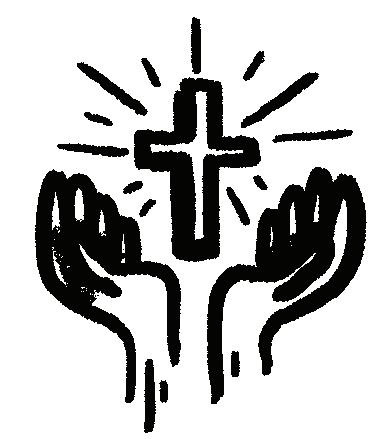
Promoting partnership in the school community
Your school is part of a unique network of schools that works together by sharing experiences, resources, traditions and expertise so that your time in school benefits from the strength of the whole network.
2

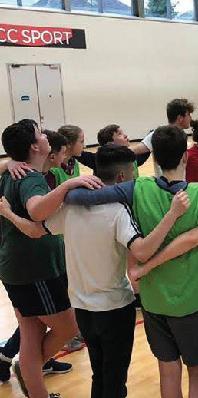
5
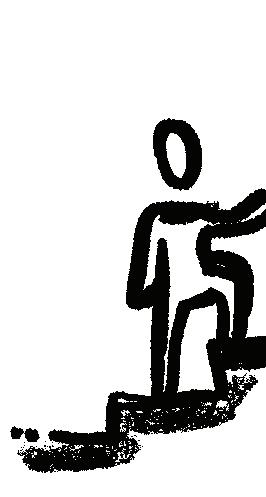


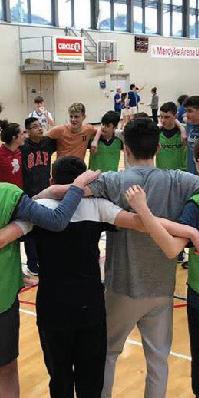

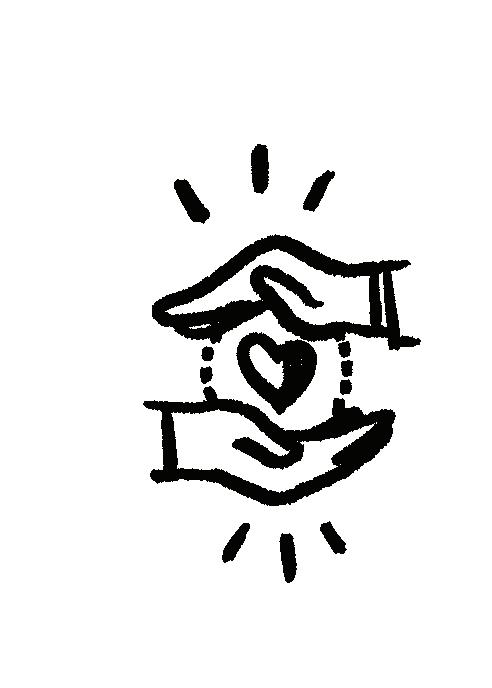
We all learn differently, in different ways and at different paces. Your school is dedicated to providing inspired and innovative teaching that has one aim only - to bring out the best in you and all of your friends.
Everyone is treated equally with fairness and dignity at your Edmund Rice school. Your needs are important, but so are the needs of your wider community. We encourage you to be aware of social issues and take action for social justice.
Your ideas and views are really valued. You are supported to be leaders and people who can inspire others, particularly on issues that you are passionate about.
The ERST network stretches all the way back to 1802. And our network is still growing, developing and diversifying today. Our newest school opened in 2017. You can see where your school fits in history on our ERST timeline.
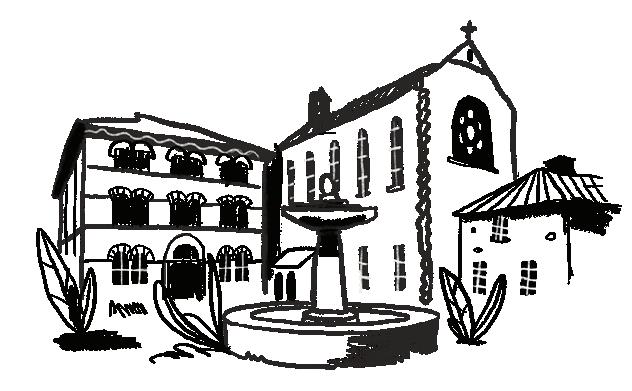
Edmund and seven of his colleagues took religious vows under the authority of the Bishop of Waterford.
1808
1802
Edmund Rice set up his first school in Waterford.
1802
1805 1807 Mount Sion Carrick on Suir Dungarvan
1811 North Monastery, Cork
1816 Thurles
1816 Sexton Street, Limerick
1818 Francis Street, Dublin
1824 Ennistymon
1828 Deerpark, Cork
1828 O’Connell
1846 Dingle
1847 Clonmel
1847 Portlaoise
1849 New Ross
1849 Blarney Street, Cork
1849 Wexford
1851 Newry
1856 Mullingar
1854 James Street, Dublin
1856 St. Vincent’s, Dublin
1857 Monkstown, Dublin
1857 Enniscorthy
1857 Mitchelstown
1858 Drogheda
1858 Glen Road, Belfast
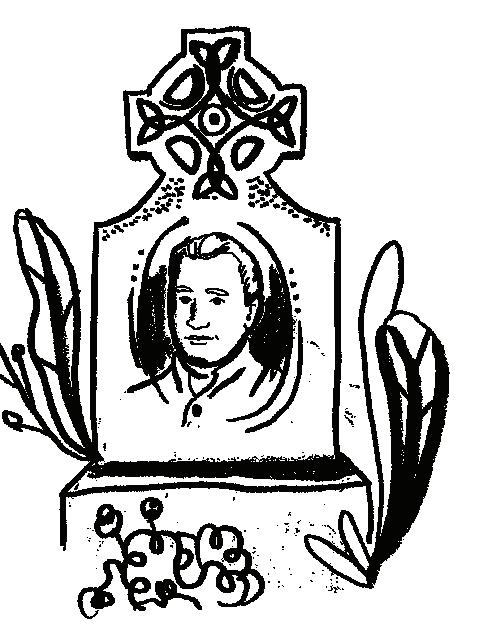
1859 Kilkenny 1860
1861 Omagh
1862 Nenagh
1863 Carlow
1864 Synge Street, Dublin
1865 Westport
1866 Westland Row, Dublin
1866 Charleville
1866 (Grammar) Glen Road, Belfast
1867 Midleton
1868 Callan
1869 Dundalk
1869 Brunswick Street, Dublin
1871 Naas
1874 St. Laurence O Toole’s, Dublin
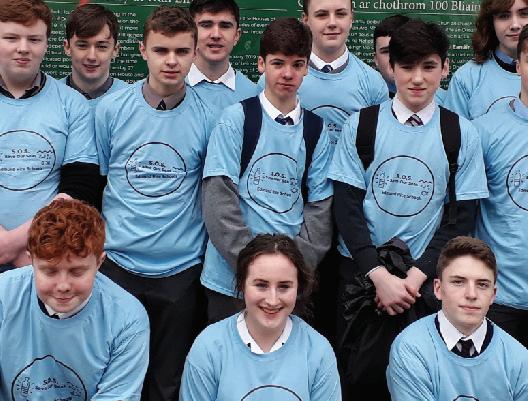

1879 INTERMEDIATE EDUCATION ACTS setting up secondary schools in Ireland
1888 CBC, Cork
1888 St Joseph’s, Fairview
1892 Waterpark, Waterford
1900
1903 Hightown Rd, Belfast
1926 Ennis
1927 Tralee
1928 Scoil Mhuire, Dublin
VOCATIONAL SCHOOLS (now community colleges under the ETBs) were established to provide a technical education.
1930
The choir from Westland Row, founded in 1866, singing their school anthem
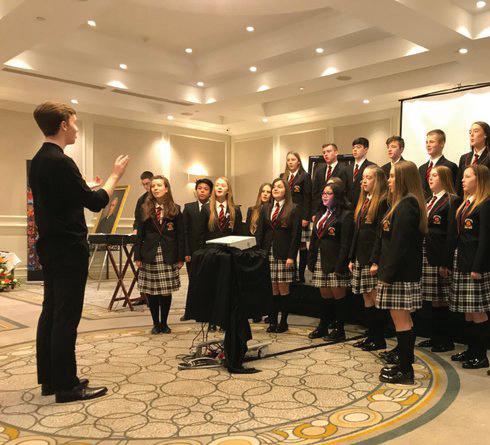
1930 Donore Avenue, Dublin
1931 Coláiste Mhuire, Dublin
1937 Roscommon
1943 Sutton
1949 St. Fintan’s High School, Dublin
1950 Scoil Chiarain, Donnycarney
1954 Drimnagh Castle, Dublin
1955 Oatland’s College, Dublin
1955 Tipperary
1956 St. Brendan’s, Bray (BecameWoodbrookCollegein2016)
1960 St. Declan’s, Cabra
1961 Arklow

1963 Ardscoil Rís, Limerick
1964 St. Aidan’s, Dublin
1967 Coláiste Choilm, Swords
1967 Coláiste Eanna, Dublin
1967 St. David’s, Artane
1967 St. Kevin’s, Dublin
1969 Coláiste Phadraig, Lucan
1969 Ardscoil Rís, Dublin
1969 Coláiste Eoin, Stillorgan
1970 Clonkeen College, Dublin
1971 Coláiste Íosagáin, Stillorgan
1993 Nagle Rice Doneraile
VOCATIONAL SCHOOLS
allowed to offer a full second level education curriculum
1967
Introduction of Free Secondary Education in Ireland
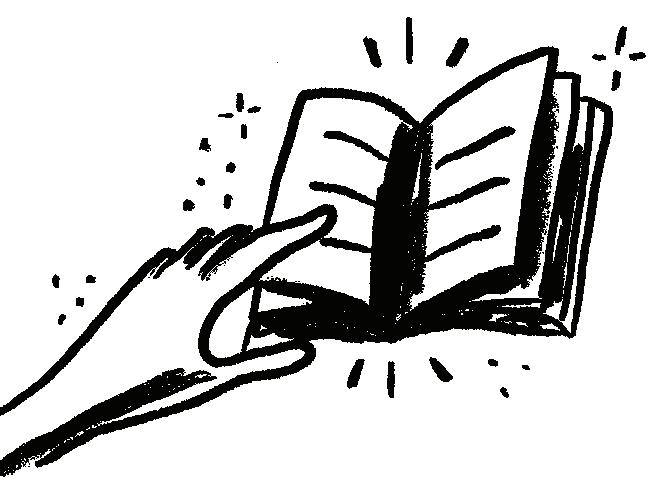
Woodbrook College, Bray (1956). New school opened in 2016.
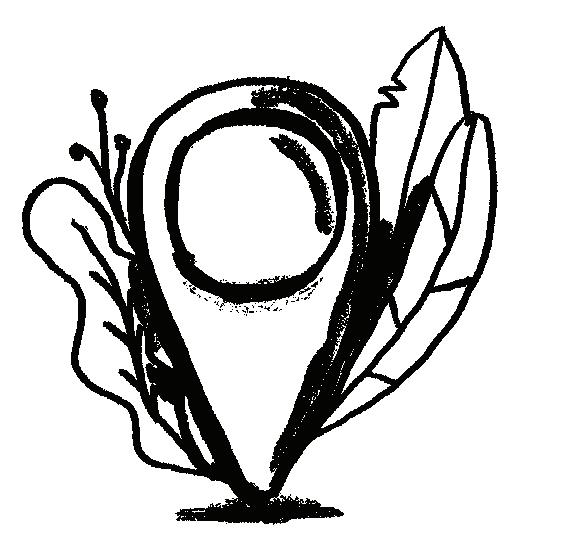
ERST established
2014 Ardscoil na Mara
2015 Gaelscoil Sairseal, Limerick
2016 Edmund Rice College, Carrigaline
2017 Edmund Rice College, Carpenterstown, Castleknock
Students at one of our newest schools, Edmund Rice College Carrigaline, opened in 2016
To fully understand the importance of being healthy, you will now have the opportunity to learn about physical and mental health and the impact both have on your overall well-being.
One way that you can look after your physical health is by eating a balanced diet, getting sufficient sleep and doing some exercise each day. Good diet, sleep and exercise have countless physical and mental benefits.

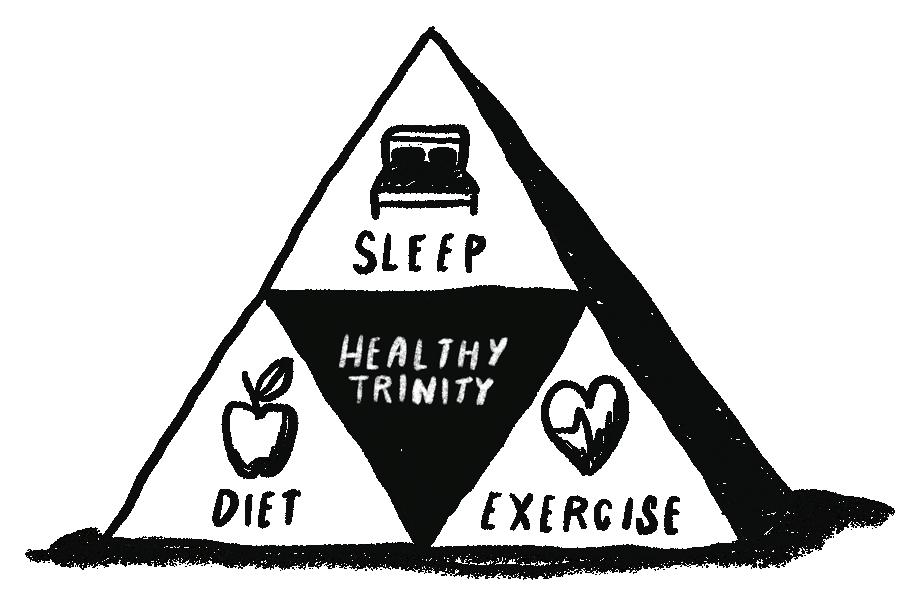
• Helps to build and maintain healthy bones, muscles and joints
• Helps to control weight, build lean muscle and reduce fat
• Prevents and reduces high blood pressure
• Improves your memory and lengthens your attention span
• Improves your decision-making, planning and multi-tasking skills
• Increases your production of new nerve, blood and brain cells

Ensure you have a healthy diet.
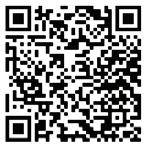
Scan this bar code to access the food pyramid, which shows how often you should eat different food groups.


Ensure you get a good night’s sleep. Avoid being on a screen before you go to bed, and it’s best not to bring your phone into your bedroom.
Try to get a daily recommended physical activity of 30 minutes of exercise. Consider including a column for physical activity in your study timetable so you can actively make it part of your daily routine.
The most important thing about mental health is being aware of your feelings as they arise. This helps you identify stress triggers and how you react to them. It is important that you have people around you that you can talk to about these things.
assistance advice support
So, let’s identify people in your life that you can go to in the three categories below.


People in your life with whom you can talk about anything.
People in your life who you can go to for advice.
1 2 3 1 2 3
Names of agencies / support services available to you if you need them.
In the diagram below, fill in each circle with the various people in your life.
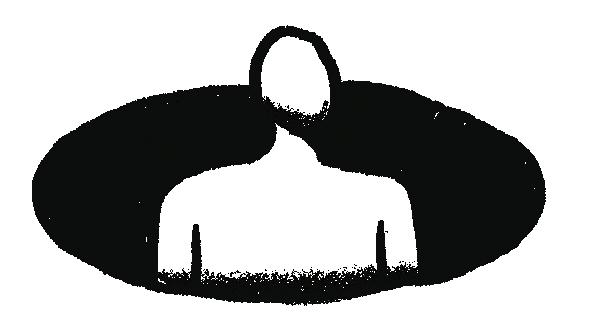
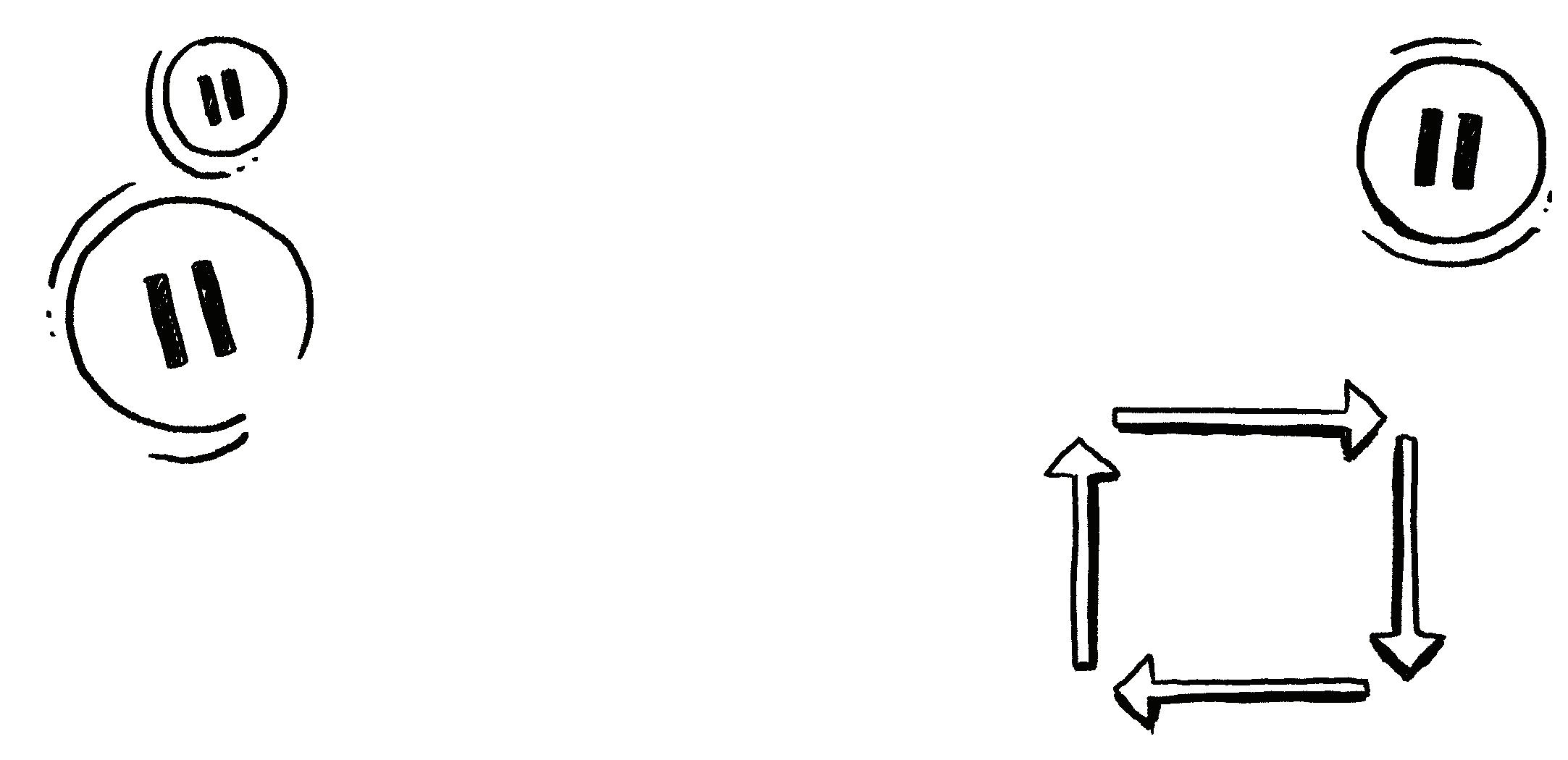
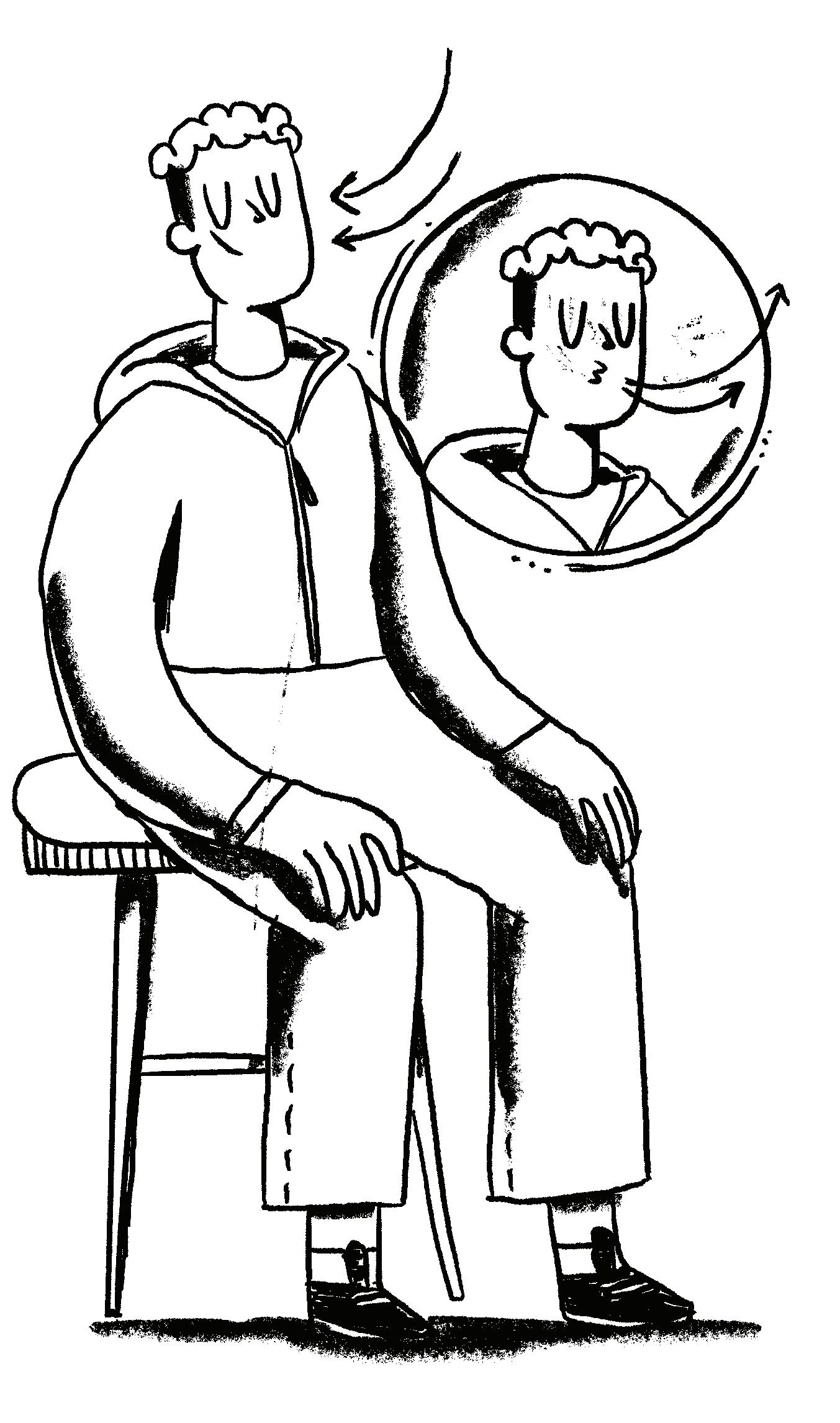
The more you practise, the quicker you’ll be able to re-establish calm in your body and mind during stressful times. It makes sense that we take time to practise activating this response, so we can re-establish a sense of calm when we need it, like during a class test.
Start here
SO, HOW CAN WE DO IT?
STEP 1
Sit up straight and uncross your arms and legs.
STEP 2
Inhale slowly through your nose, counting silently to 4.
STEP 3
Hold your breath, counting to 4.
STEP 4
Exhale slowly through your mouth, counting to 4.
STEP 5
Hold again for 4.
STEP 6
Repeat 3 to 5 times or until you feel calm.

Would you add this to your self-care toolkit?
At the heart of your own wellbeing, and your physical and mental health, is your personal safety. It is important to feel safe in many different aspects of your life. Here are some tips for ensuring your personal safety in different circumstances.
• Never, ever take a lift from a driver that has taken drink or drugs.
• Speed kills, so ensure your driver always strictly keeps to the speed limits.
• Never cycle in the dark without adequate lights.
• Wear a reflective jacket, armbands and belt if cycling at night.
• Obey traffic signs and signals and watch out for traffic.
• Ensure your bike is in working order.
• Keep to the left.
• Wear a helmet.
• Do not wear headphones.
• Take your time.
• Always walk facing traffic so that a car can’t come up behind you.
• Don’t cross the road on a corner or a bend.
• Don’t walk on dark roads on your own at night – stick to walking in daylight.
• Always walk on the footpaths.
• You do not need a licence for an e-scooter, but you must be 16 or over to use one.
• You must have front and rear lights and brakes, reflectors and a bell.
• Wear a helmet.
• Obey the speed limit of 20km/hr.
• It is illegal to carry passengers.
• Adhere to road traffic laws and don’t break the lights.
• Look out for potholes and avoid wet surfaces.
• Put your phone away and don’t use headphones.

Bullying is targeted and repeated behaviour—online or offline—that causes physical, social, or emotional harm. It involves an imbalance of power in relationships between two people or groups of people.
While one incident may not be bullying, aggressive behaviour is not acceptable in any school. Let’s remember the Golden Rule: treat others as you’d like to be treated.
Disagreements or deciding that you don't want to be friends anymore is not bullying. However, if someone repeatedly tries to harm, exclude, or turn others against someone, that is bullying. Online, a hurtful post can feel like bullying if it spreads and continues to cause harm. If you’re feeling upset by someone’s behaviour, talk to a teacher or someone you trust—HELP IS ALWAYS AVAILABLE.
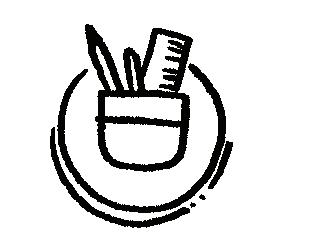

Create a set of illustrated scenarios showing different behaviours(both bullying and non-bullying).
( ) Tick if the situation is bullying.
( X ) Put an X if it is not bullying.
CLASS DISCUSSION – Review the answers together and discuss why certain situations are considered bullying and others are not.
Example scenarios for pictures:
• Two friends argue and stop talking for a day
• A student accidentally bumps into someone in the hallway
• Someone disagrees with a classmate in a group discussion
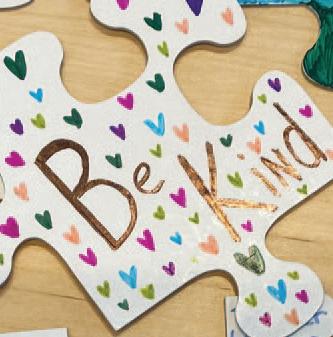
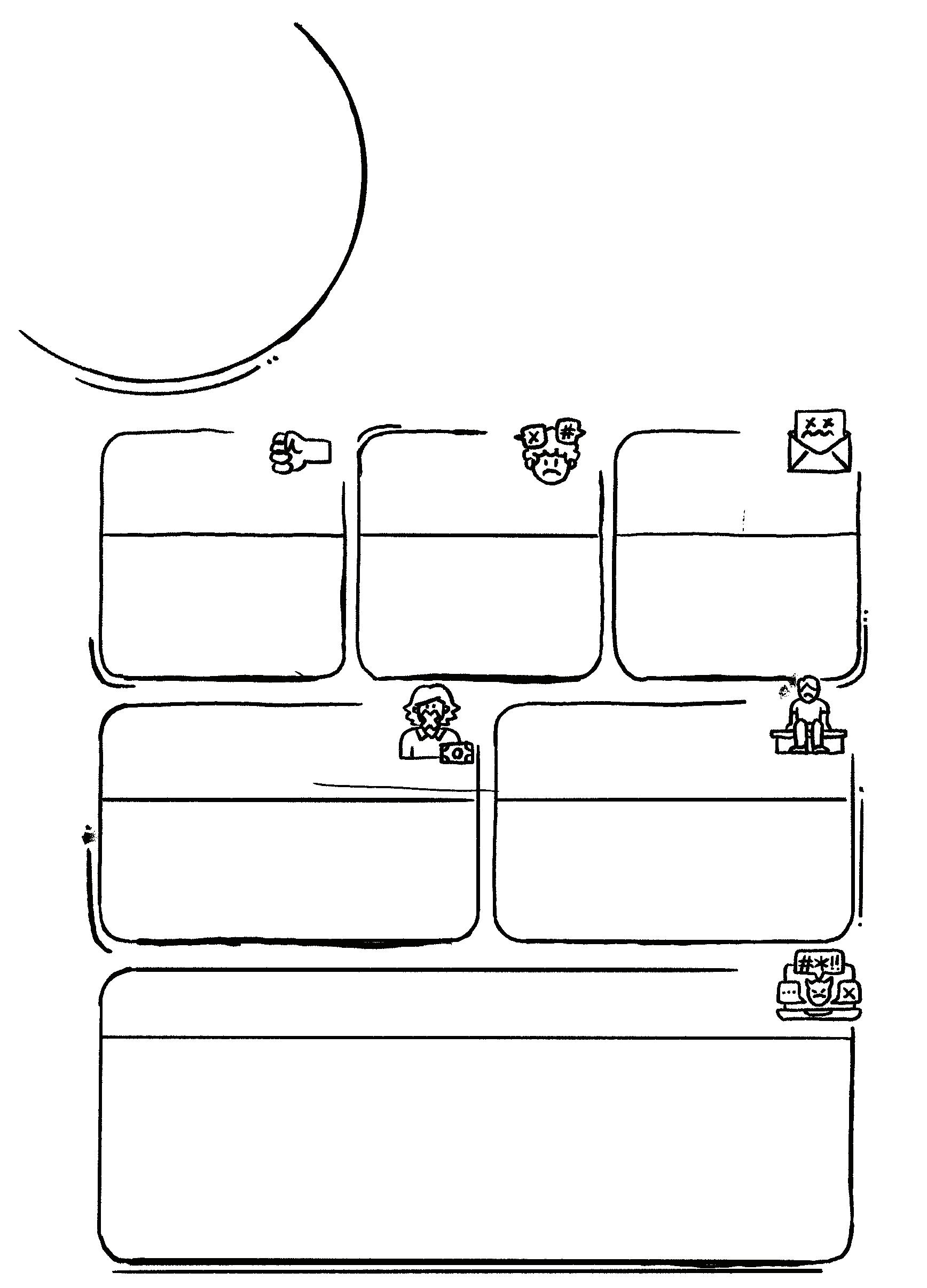

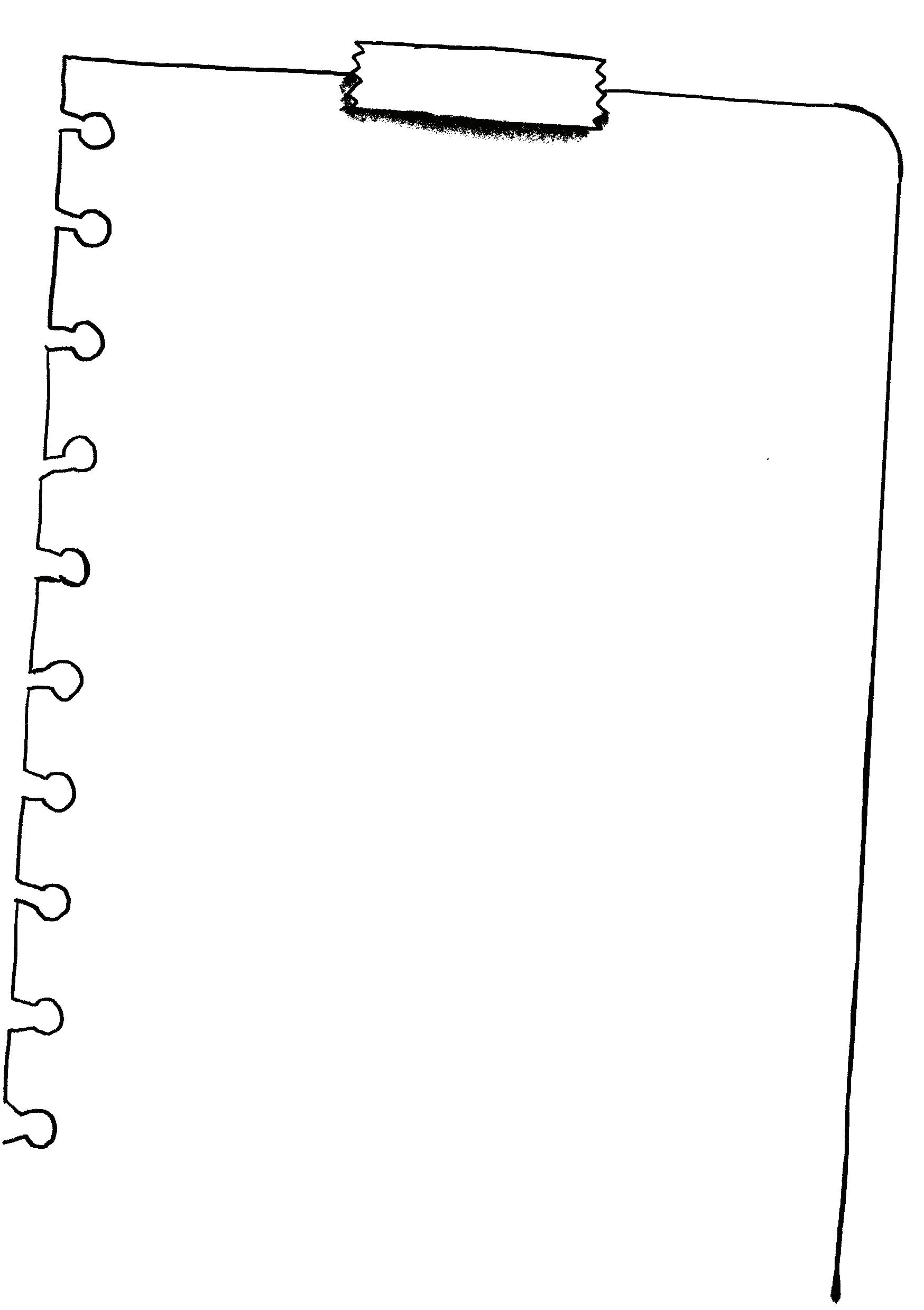
The opposite of bullying isn’t just not being mean, it's actively choosing to be kind. It’s using your voice, your presence, your social media to create a world where people feel safe, valued, heard and seen. When we are kind the following happens:
endorphins, making receiver feel happier.
When you show kindness to another person, it creates a ripple effect. Not only does it make them feel good, but you feel good too. An extra bonus is that they’re more likely to pass that kindness on to someone else!
Complete the following random acts of kindness, and after each one, take a moment to notice how it feels.

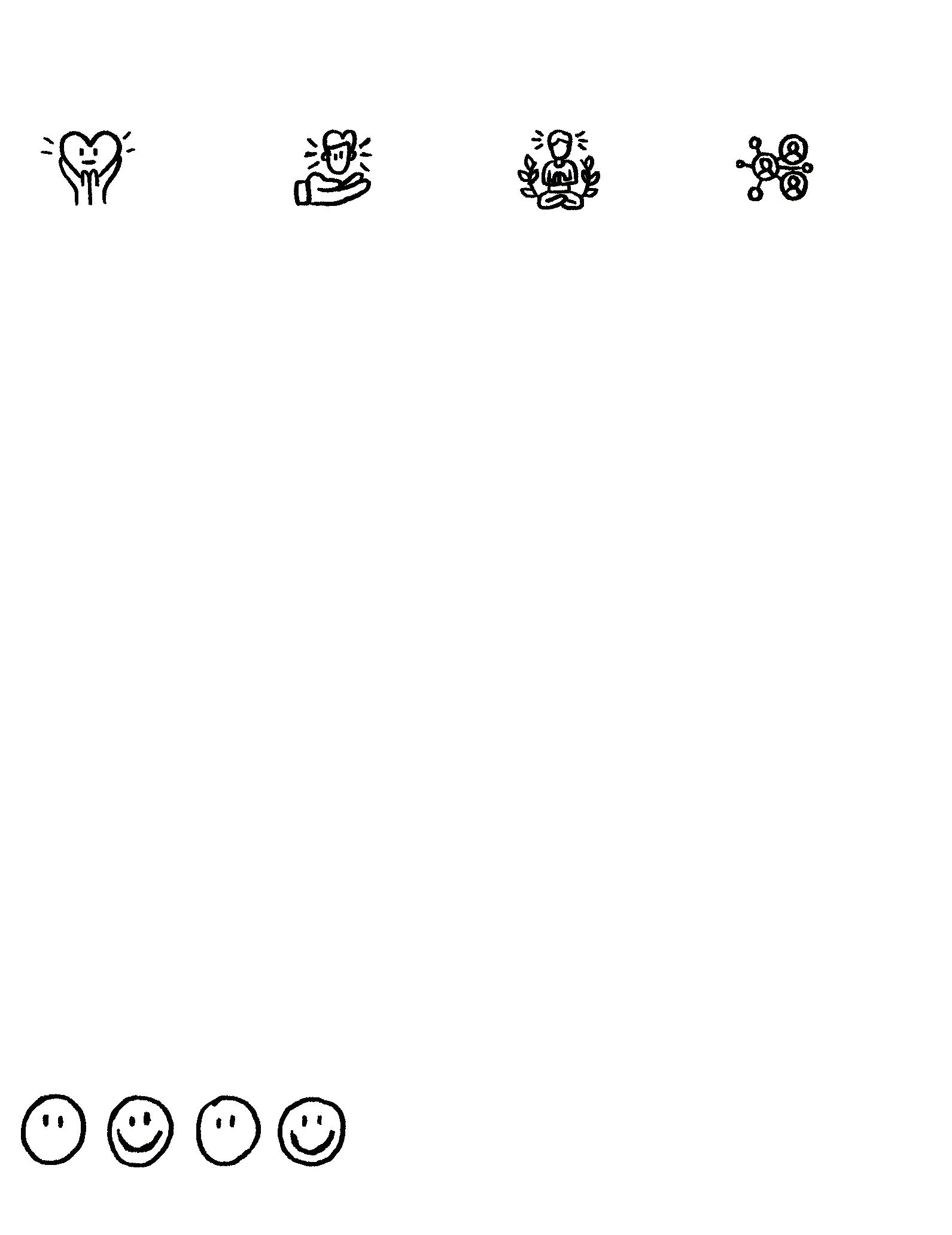
89F Lagan Road, Dublin Industrial Estate, Glasnevin, Dublin 11, Ireland, D11 F98N.
info@examcraftgroup.ie www.examcraftgroup.ie 01-8081494